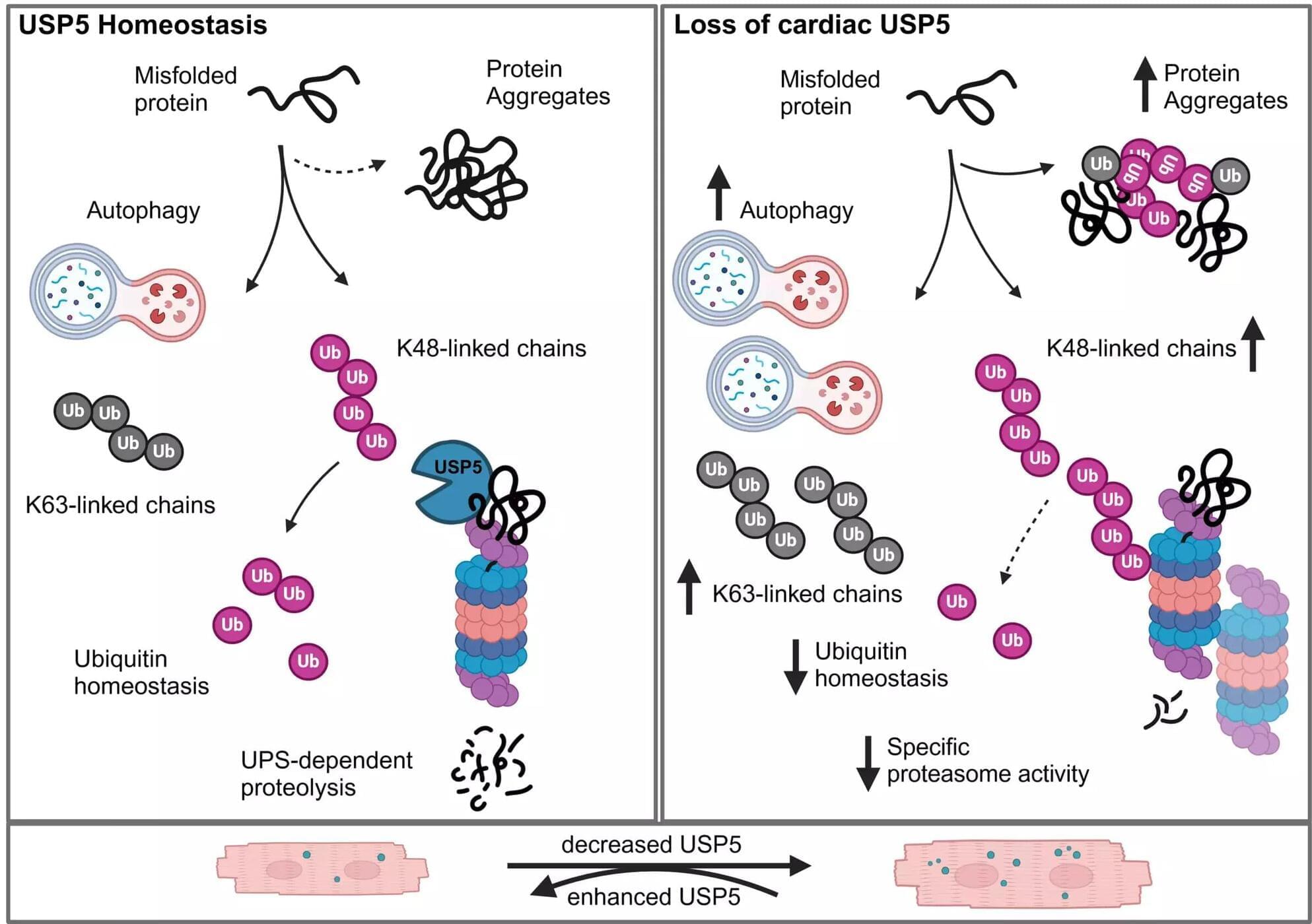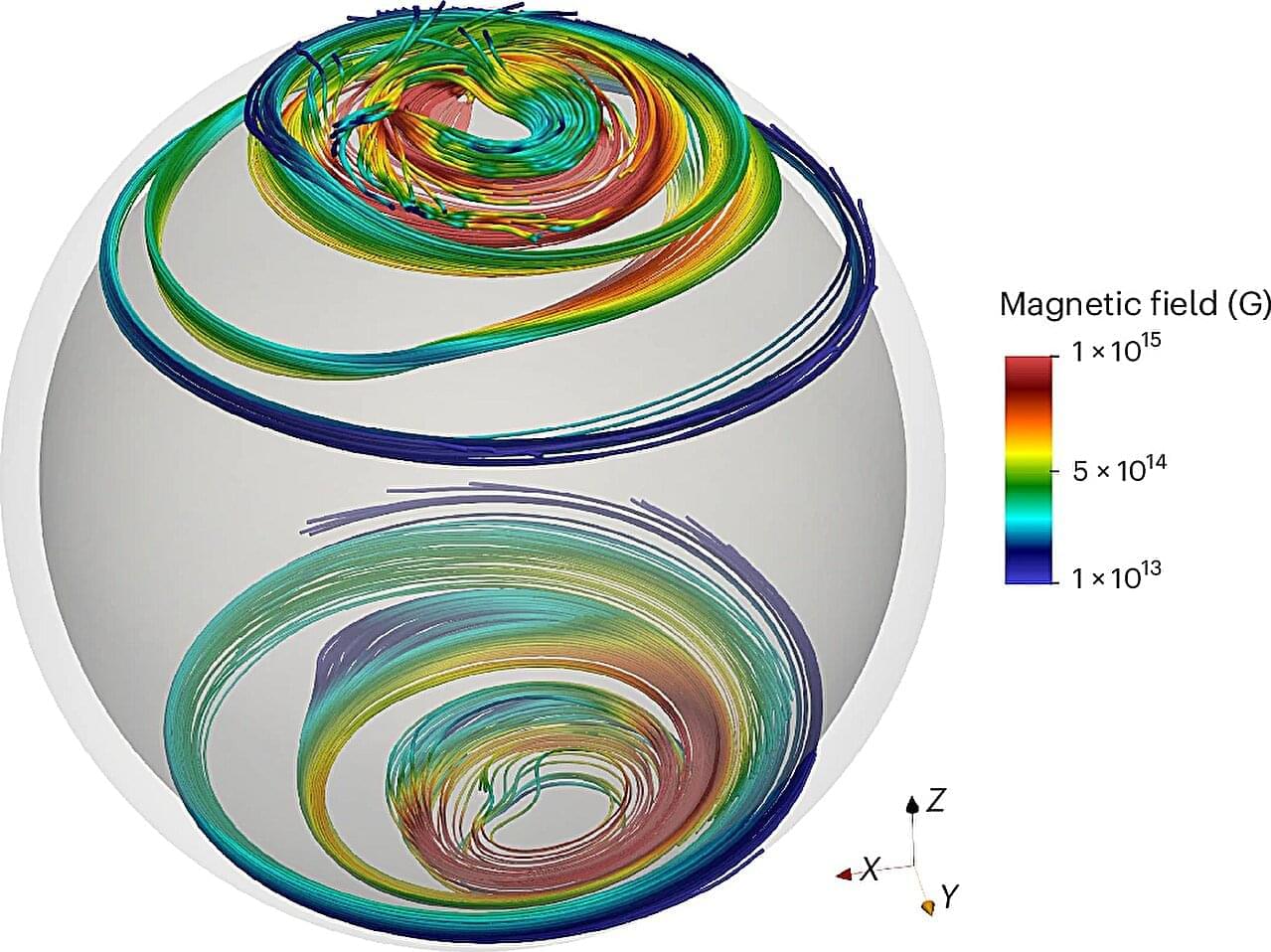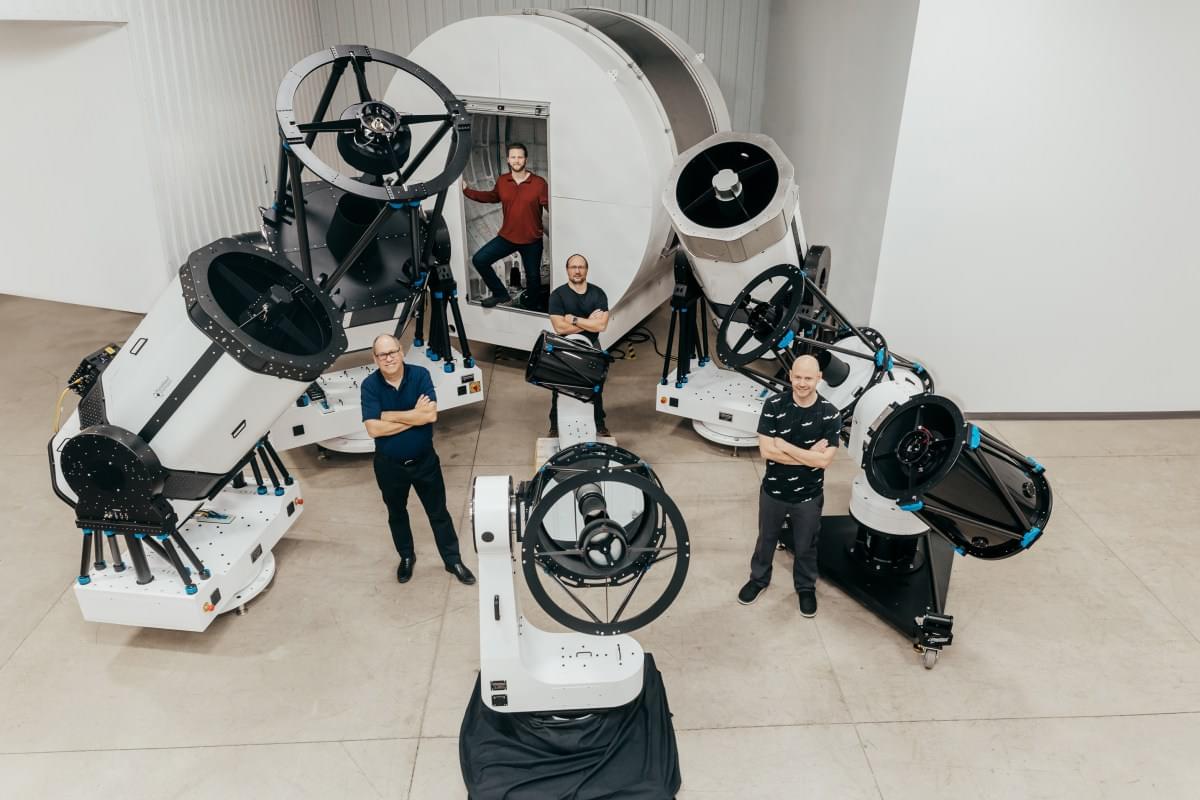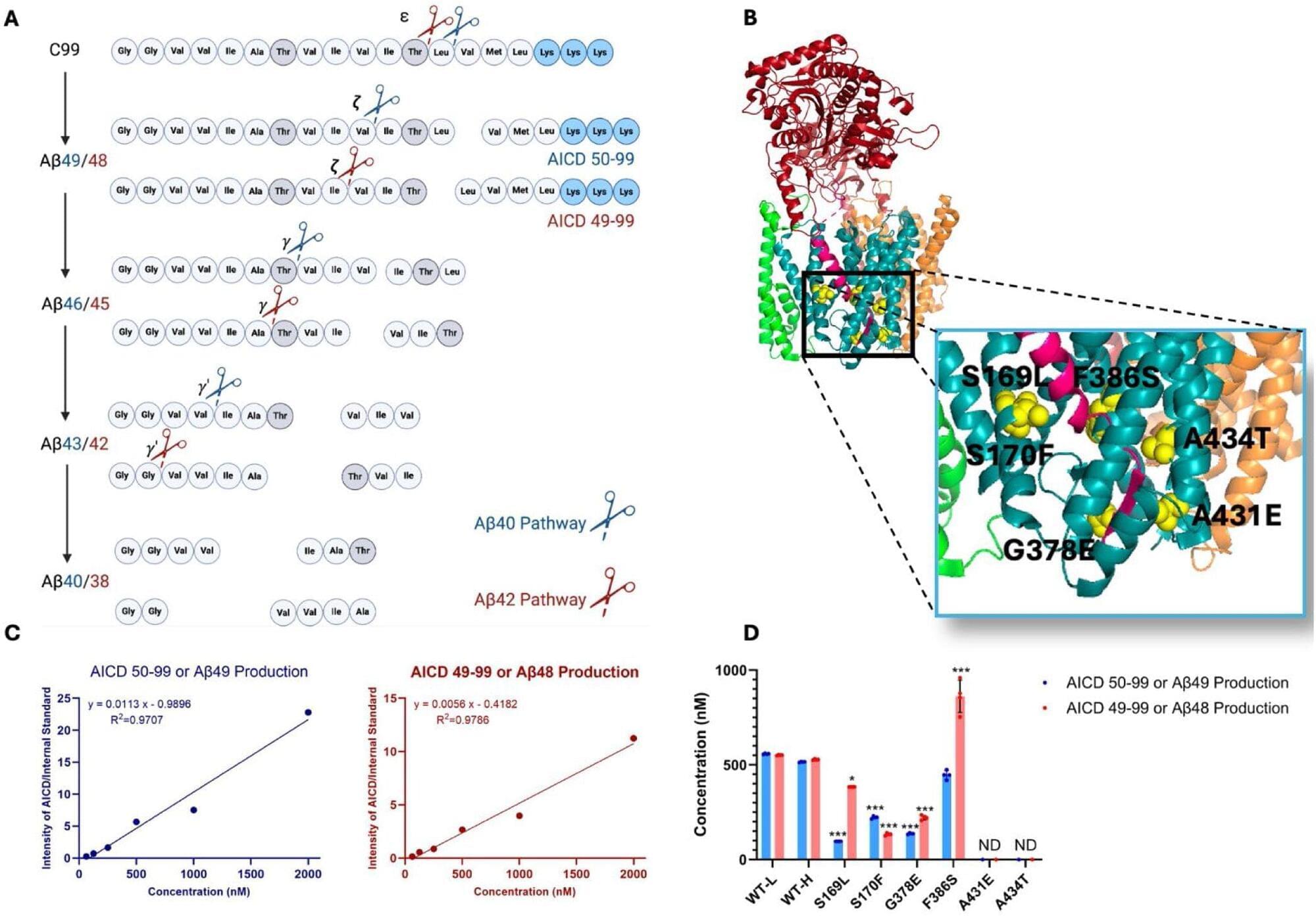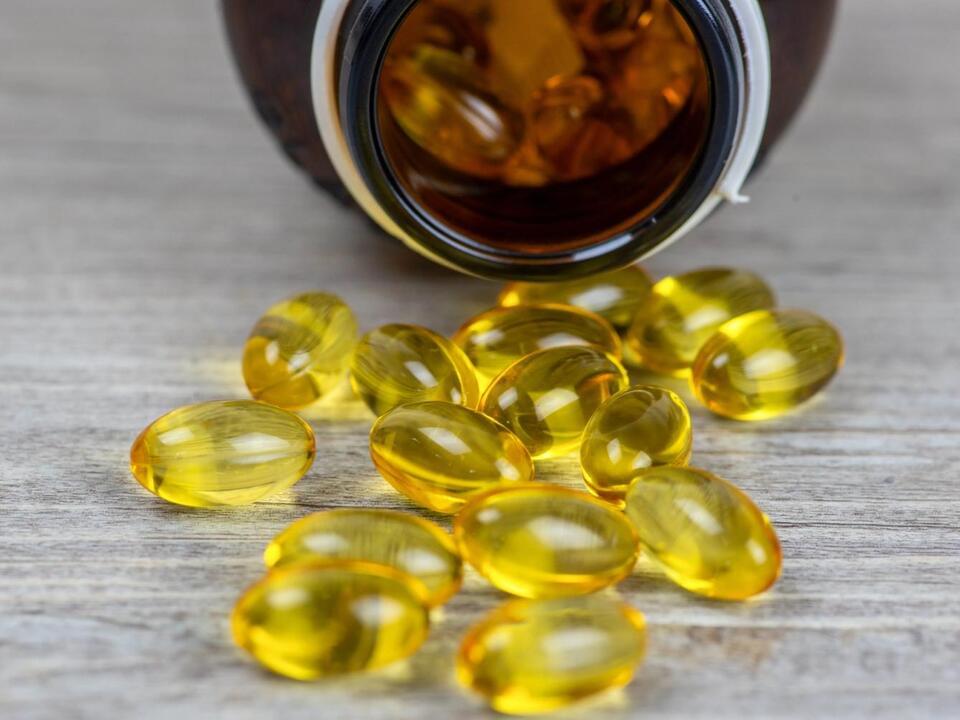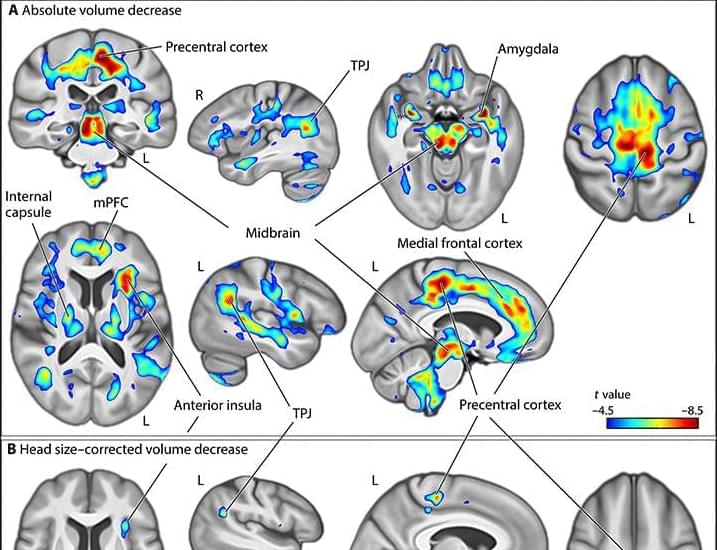A disrupted protein degradation process in heart muscle cells can lead to a range of severe heart diseases. In the case of dilated cardiomyopathy, a pathological enlargement of the heart chambers, researchers at the Max Planck Institute for Heart and Lung Research in Bad Nauheim have now identified a cause: a low level of the enzyme Ubiquitin-specific peptidase 5 (USP5) leads to an accumulation of Ubiquitin in heart muscle cells and the formation of protein aggregates, which trigger heart diseases. Increasing USP5 levels in heart muscle cells protects the heart from harmful degradation processes, offering a perspective for new therapies.
Dilated cardiomyopathy is a pathological enlargement of one or both heart chambers, including the atria. The resulting restriction of heart function is caused by structural damage to heart muscle cells. The consequence is heart failure, which can lead to death without a heart transplant. Existing therapeutic options can usually not stop or reverse the progression of the disease.
In search of new therapeutic approaches, researchers from the department of Thomas Braun at the Max Planck Institute for Heart and Lung Research have investigated the molecular processes of protein degradation in heart muscle cells. Yvonne Eibach and Silke Kreher, both first authors of the study published in Science Advances, together with their research partners, discovered disturbances in the process that serves the disposal of defective or no longer needed proteins.
